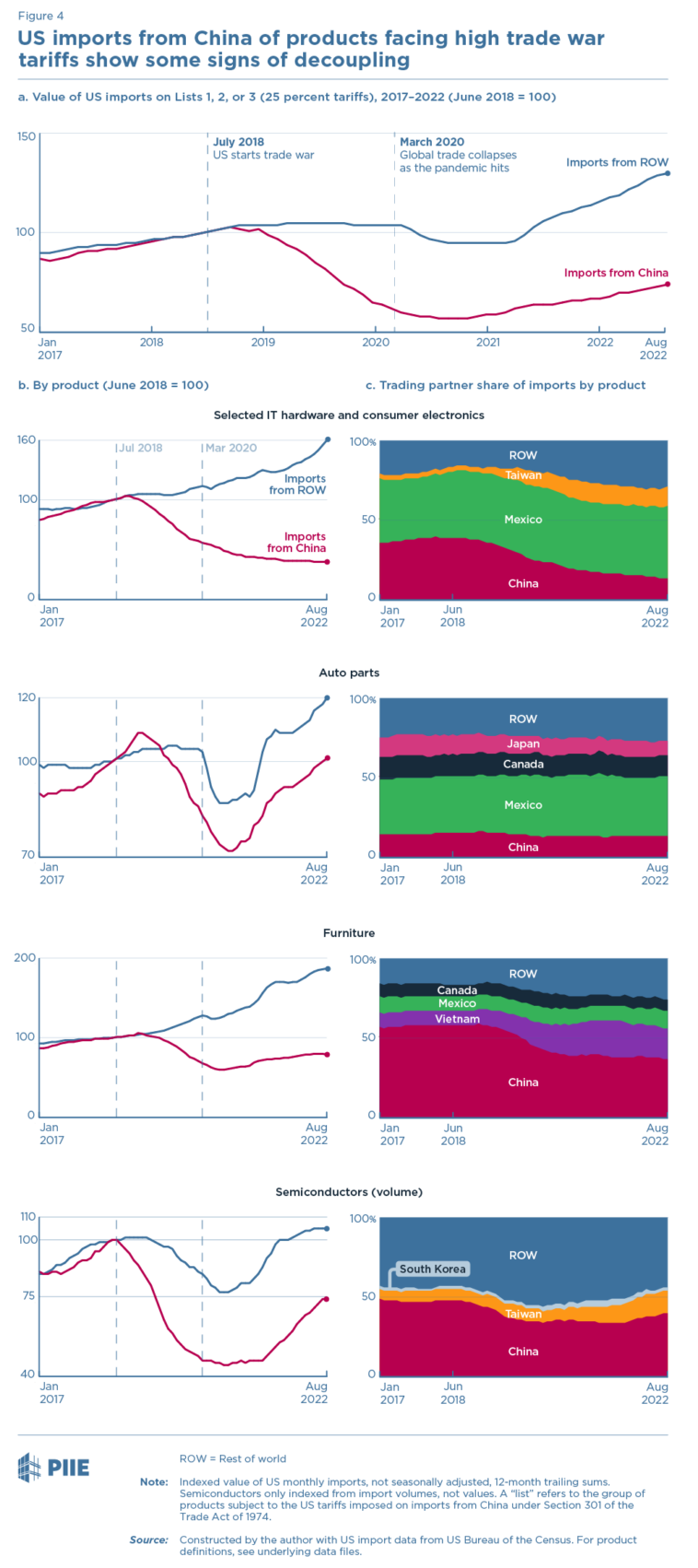Donald Trump, the US President, has publicized substantial trade levies against a minimum of seven nations, effective from August 1. His initial announcement named Japan and South Korea, communicated through his Truth Social platform. The stipulated tariff for both countries would be a rate of 25% on all imports. Following this announcement, Malaysia and Kazakhstan also found themselves included in the new tariff measures, whereas South Africa was informed of an even higher tariff at 30%.
In addition to these countries, Laos and Myanmar have also been subjected to significant tariffs of 40%, as part of Trump’s intensified globalization policy. Later in the day, another batch of seven countries, including Thailand, received threats of increased rates. The revised policy becomes effective after the ‘liberation day’, an economic measure which had been temporarily halted for 90 days in April to allow renegotiation with all of the United States’ trading partners.
As part of the new trade policy measures, President Trump is planning to send each country a formal letter outlining the new tariff rates they face. The letter is also designed to serve as a warning against any potential retaliation tariffs from the addressed nations. These new tariffs will be enforced on top of already existing sector-specific tariffs. For instance, steel imports currently face a 50% tariff irrespective of the country of origin.
The letters to each of these nations also contain a statement that these rates are subject to change, either increasing or decreasing, based on ‘our relationship with your country.’ Previously, these country-specific tariffs were slated to come into effect this week, but Trump went on to clarify that the nations would instead receive letters outlining the US’s stance on the matter. Unless a subsequent agreement is achieved, the announced tariffs will commence from the 1st of August.
The initial letters sent out to Japan and South Korea pointed to persistent trade imbalances as the main reason for imposition of these tariffs. Interestingly, the letters also extended an invitation for these nations to join in the economic growth of the United States, termed as ‘the extraordinary Economy of the United States, the Number One Market in the World, by far.’ Each of these letters concluded in an official tone, thanking the nations for ‘your attention to this matter!’
In a significant move orchestrated by the Trump administration, the European Union – the largest single trading partner of the United States – is also expected to receive a letter in the upcoming days. This comes after President Trump threatened an additional 10% tariff on any country that aligns itself with the BRICS nations (Brazil, Russia, India, China and South Africa), including Egypt, Ethiopia, Indonesia, Iran, and the United Arab Emirates, labelling their policies as ‘anti-American’.
However, an exception to this new tariff policy appears to be the United Kingdom, barring any unforeseen U-turn in Trump’s stance. The UK was the first nation to secure a trade agreement, albeit basic, in May. Furthermore, it’s claimed that several other countries have extended concession offers since the deadline inched closer to July 9. Thus, it seems the UK will maintain its current 10% tariff rate, due to the imposed trade truce that recently came into effect.
Notably, this truce does not imply that the UK is completely immune from any tariffs. A prime example being the existing tariffs on UK-manufactured steel and aluminium. While the new quota deal exempts UK-made cars and aerospace products from any tariffs, the fate of the 25% tariffs on UK-produced steel and aluminium remains undecided. This could potentially increase to a staggering 50%, tantamount to the tariff rates for other US trading partners, due to a lack of conclusive agreement on tariff elimination during the talks in May.
The unpredictability of these tariffs adds another layer of complexity for the UK’s steel industry. However, a silver lining comes in the form of the possibility of the cancellation of the 25% tariff on UK-manufactured steel and aluminium products. This exemption will make the UK the only nation globally that enjoys tariff-free trading of these products with the US.
Another promising development comes out of the May 8 agreement between the US and the UK to lift tariffs on these specific products. This resolution was reiterated in last month’s G7 summit. Despite these advances, the discussions are far from over and are expected to continue in the foreseeable future.
In another interesting development, China and Vietnam have also managed to secure certain concessions from the United States amid these tariff revisions. However, as a testament to the short-term impact of these changes, it was observed that the announcements led to a strengthening of the dollar. That being said, the US stock markets took a slight hit in light of the revelations regarding Japan and South Korea.
In specific, the S&P 500 index was seen taking a dip of 1%, clearly indicating the caution among investors as they brace for potential repercussions on international trade. As this announcement arrived, both the Japanese and South Korean stock markets remained closed for the day; however, the US-traded stocks of key companies such as SK Telecom and LG Display experienced noticeable decreases of 7.5% and 5.8% respectively.

